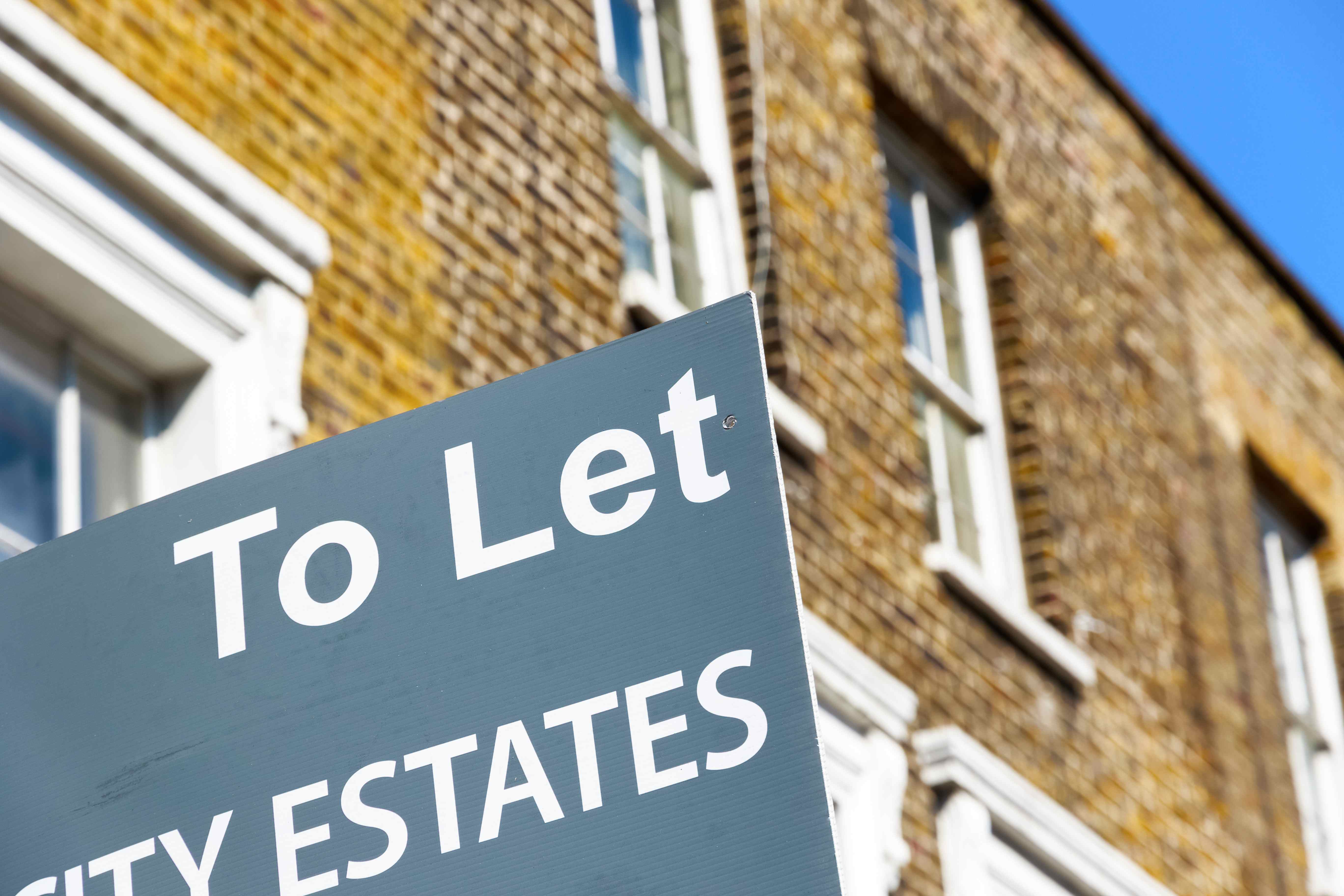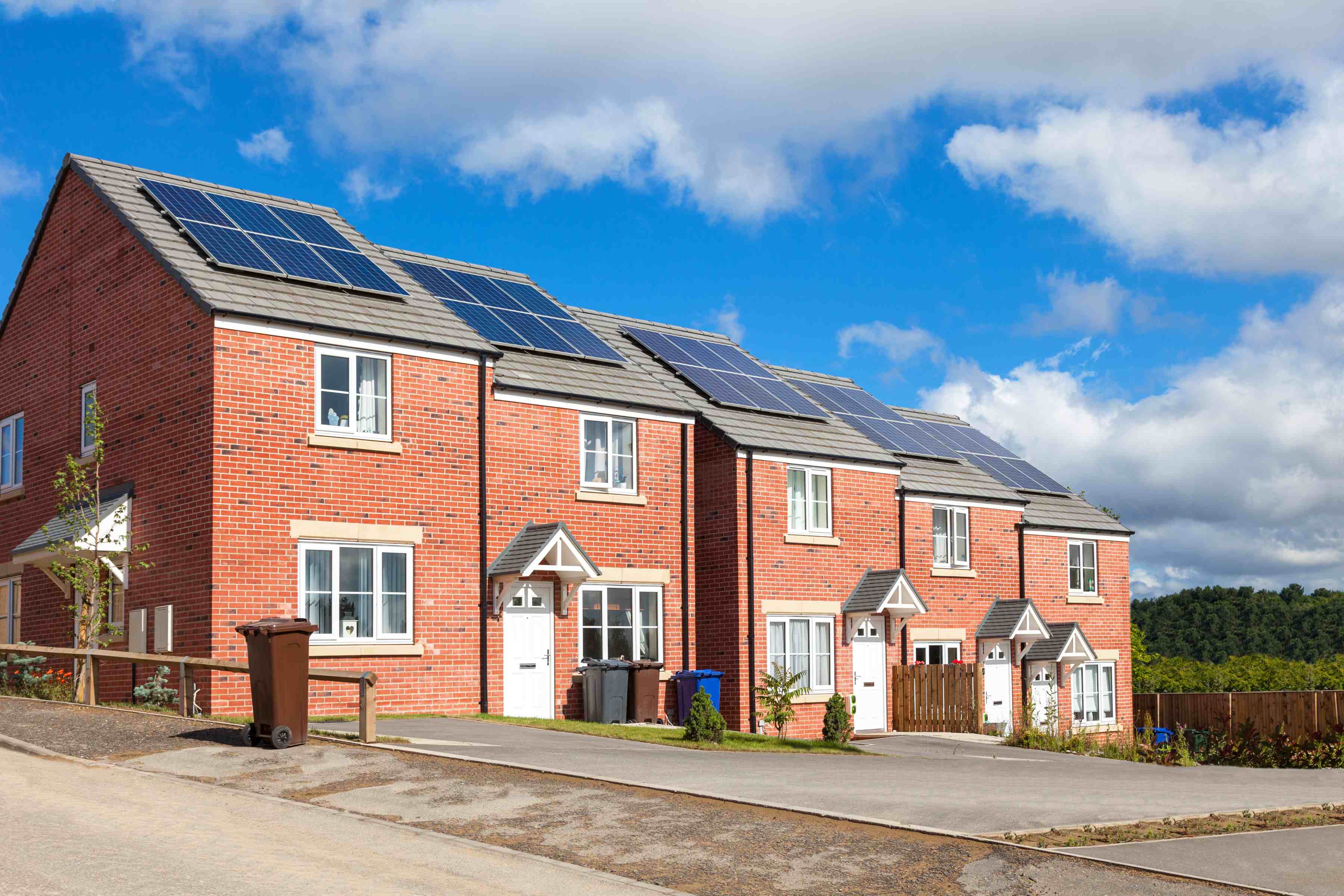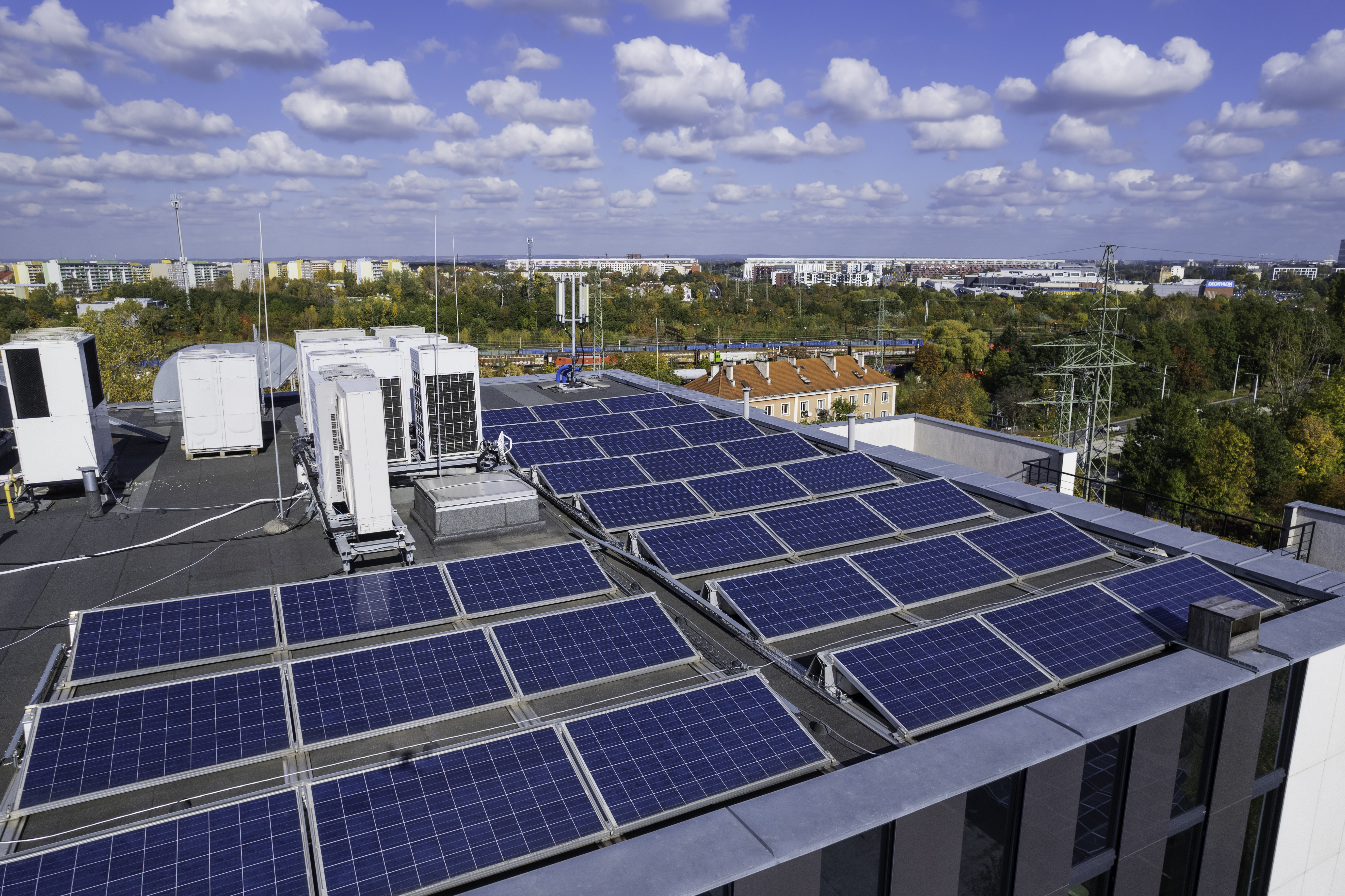Advice for renters

What if I don't own my home?
If you don’t own the building you live in (or don’t own it in its entirety), it can be difficult to install solar PV – but depending on your tenancy and the type of building you live in there may be options available to you.
Homeowners in leasehold or shared-ownership homes
If you are a leaseholder rather than the (complete) freeholder of the property you will almost certainly need permission from the freeholder to have solar panels installed.
If you are living in a house, this may be as simple as requesting permission, though there may be some negotiation over who pays for the panels and what happens if you move. It is important to retain evidence showing that you have gained permission for the installation.
If you live in a multi-unit property such as a block of flats, the process may be more complicated and will depend on factors such as who owns the roof in question and getting agreement from your neighbours or building management company. The first step is to review your deed or lease agreement and speak to the freeholder and/or building manager.
Another option is to join with your fellow tenants to create a community energy scheme, with the community in question being your block of flats.
Tenants in housing association or council-owned homes
If you are a tenant in a housing association or council-owned home your landlord may be able to access funding for the installation of solar panels. So, in the first instance, it is worth asking if your housing provider has a scheme to install panels.
If not, or if you do not qualify, many of your options are likely to be the same as for those living in private rented housing which are covered below.
Tenants in private rented homes
For private tenants, ultimately it is the landlord’s decision as to whether you can install PV or not. In general, we would not recommend you install PV that you will pay for. This is because PV has a long ‘payback period’ – the time it takes to make back the money you spent on the installation. You would need to either stay in the property longer than this time (normally at least 15 years, though this depends hugely on install costs and energy prices) or arrange with the landlord what will happen when you move out.
The best option you have is to try to come to an arrangement with your landlord whereby they pay to install PV, and you share benefits in some way.
Convincing a landlord
Since the feed-in tariff ended, there are fewer benefits for solar panel owners who do not use the electricity themselves. Unfortunately, this means it may be harder to convince a landlord of the advantages, but there are some arguments you can make.
Firstly, under the smart export guarantee (SEG), any electricity not used in the home will be exported to the grid. The landlord can find a SEG tariff which will allow them to benefit from selling generated electricity. However, as SEG tariffs are quite low this may not be a particularly attractive investment.
The landlord would be able to offer the generated electricity to their tenants at a rate which is higher than a SEG tariff, but less than a normal supplier rate. This is a win-win for you both – you get cheaper electricity, and the landlord gets a more income from their property.
You could suggest to the landlord that solar panels (and the associated lower bills) make the rental property more desirable to future tenants and that they would earn money from exporting their electricity to the grid for any time the property was empty.
Minimum energy efficiency standards (MEES) could also support your arguments. These state that landlords can’t rent properties with an energy performance certificate (EPC) below a band E. There is the ambition to raise this to EPC B by 2030. Solar PV can increase this rating and help landlords to futureproof against these changes in regulations.
Unfortunately, the decision does ultimately rest with your landlord. If you are not able to convince them, then you can’t have a solar installation on your property. However, another option may be to get involved in a community energy group (or start your own). See this guide for more information around community scale solar PV.





